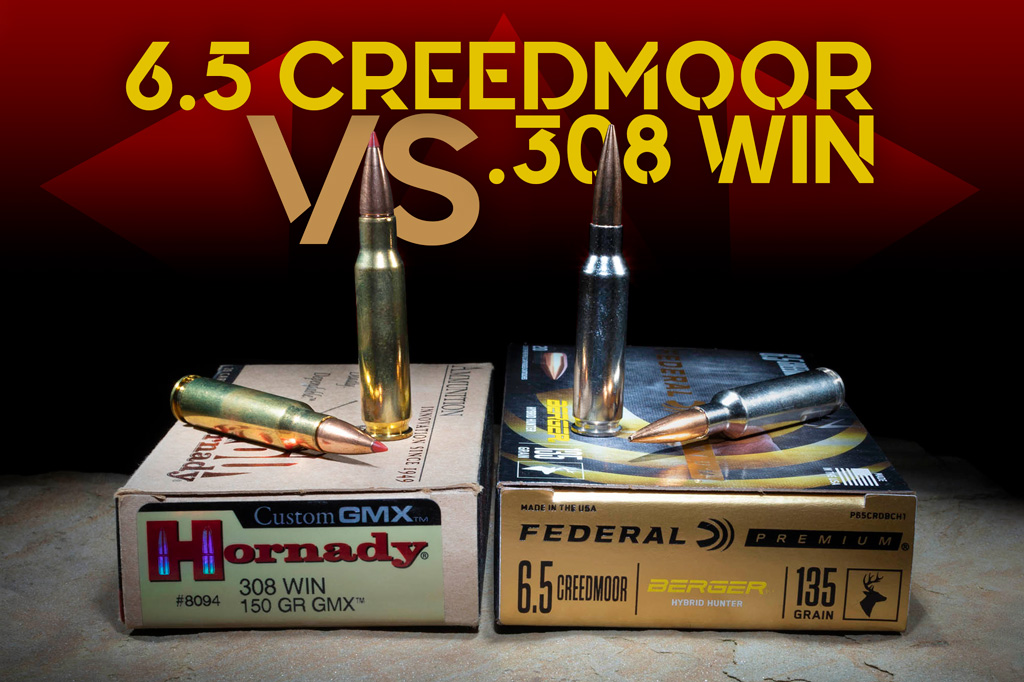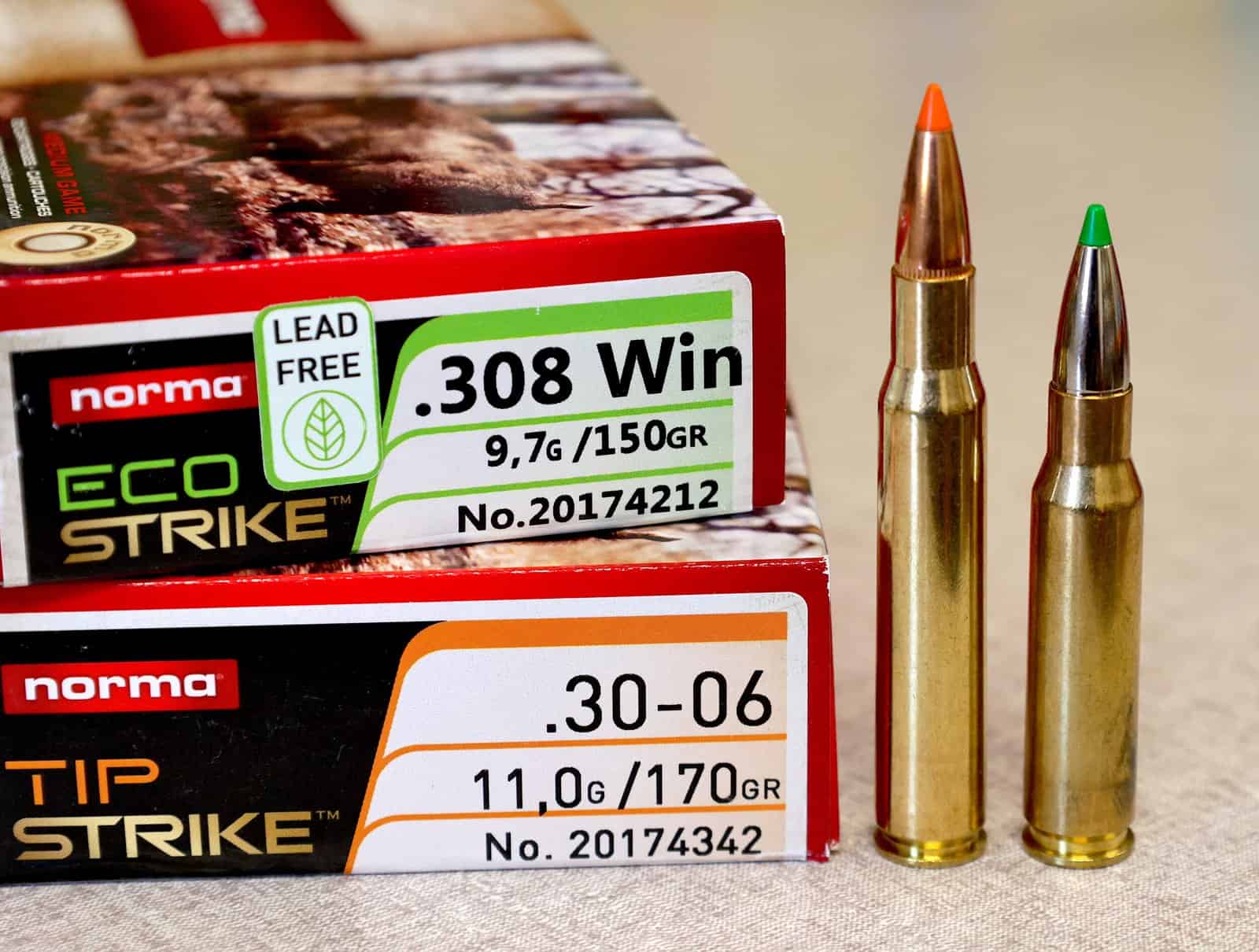When comparing 150 and 180 grain .308 bullets, the main difference lies in their weight and ballistic performance. Introducing a new grain weight to a .308 bullet can lead to various implications on accuracy, recoil, and velocity, each having its advantages and disadvantages.
Understanding these differences is crucial for shooters to select the best bullet weight for their intended use. Let’s delve deeper into the nuances that differentiate 150 and 180 grain. 308 bullets to help you make an informed choice based on your shooting requirements.
Understanding The Basics
In the realm of ammunition selection, the debate between 150-grain and 180-grain .308 rounds is a common discussion point among shooting enthusiasts. To make an informed decision, it’s crucial to understand the basics behind grain measurement and its impact on performance. Let’s dive into the fundamental aspects of these two grain weights.
Grain Measurement In Ammunition
Grain weight in ammunition refers to the mass of the projectile, measured in grains. Understanding this unit helps shooters determine the projectile’s weight and how it affects ballistics.
Impact Of Grain Weight On Performance
Grain weight directly influences the velocity, trajectory, and energy transfer of a bullet upon impact. Selecting the appropriate grain weight for your .308 rifle can significantly impact accuracy and terminal ballistics.
Credit: www.quora.com
Examining The 150 Grain .308
The 150 grain .308 Winchester is a popular choice among shooters for its versatility and performance capabilities. In this analysis, we’ll delve into the ballistics and trajectory, as well as the terminal performance of the 150 grain .308 round.
Ballistics And Trajectory
The ballistics of a 150 grain .308 round are characterized by a high velocity and flat trajectory, making it ideal for long-range shooting. With a ballistic coefficient of around 0.435, this round retains energy well over distance.
When it comes to trajectory, the 150 grain .308 exhibits minimal drop at extended ranges, allowing for more precise shot placement. The flat trajectory also aids in compensating for windage and elevation adjustments.
Terminal Performance
The terminal performance of the 150 grain .308 round is impressive, offering controlled expansion upon impact with the target. This results in deep penetration and significant tissue damage, making it an effective hunting round.
Moreover, the 150 grain weight provides a good balance between penetration and expansion, ensuring reliable terminal performance across various shooting scenarios.
Exploring The 180 Grain .308
The .308 Winchester has long been recognized as a versatile and effective cartridge suitable for various applications, from hunting to long-range shooting. When considering the 150 grain vs 180 grain options, the 180 grain .308 stands out for its unique qualities. Let’s delve into its ballistics, trajectory, and terminal performance.
Ballistics And Trajectory
When it comes to ballistics, the 180 grain .308 boasts impressive energy retention and less wind drift compared to lighter projectiles. Its higher weight allows for deeper penetration and greater stability, making it a favorable choice for long-range shooters and those targeting larger game species. The trajectory of the 180 grain bullet is relatively flat, providing accurate and consistent performance at extended distances.
Terminal Performance
The terminal performance of the 180 grain .308 is noteworthy, exhibiting significant kinetic energy upon impact. This results in reliable expansion and effective terminal ballistics, making it well-suited for hunting medium to large game. The heavier bullet weight contributes to enhanced stopping power and deeper tissue penetration, delivering quick and ethical kills.
Comparing The 150 Grain And 180 Grain
When it comes to choosing the right ammunition for your .308 rifle, considering factors like accuracy, consistency, penetration, and stopping power is crucial. Two popular options for the .308 caliber are the 150 grain and 180 grain bullets. In this article, we will compare these two options to help you make an informed decision.
Accuracy And Consistency
Accuracy is a key factor for any shooter, as hitting the target consistently is essential. The weight of the bullet affects its trajectory, and this is where the difference between the 150 grain and 180 grain becomes apparent. Generally, heavier bullets tend to be more accurate over long distances due to their higher ballistic coefficients. The 180 grain bullet, with its additional weight, offers better resistance to wind drift and maintains stability over longer ranges.
On the other hand, the lighter 150 grain bullet may provide better accuracy at shorter distances where wind drift is less of a concern. Additionally, the flatter trajectory of the 150 grain bullet could be advantageous when shooting at various ranges without adjusting for bullet drop.
Penetration And Stopping Power
Penetration and stopping power are important considerations, especially for hunters and self-defense situations. In this aspect, the 180 grain bullet has an advantage over the 150 grain bullet. The additional weight of the 180 grain bullet enables deeper penetration, making it more effective against larger game or for situations where barrier penetration is required.
While the 150 grain bullet may not penetrate as deeply, it can offer higher velocity on impact due to its lighter weight. This can provide immediate stopping power by transferring more energy to the target upon impact. However, it is worth noting that shot placement is just as crucial as bullet weight when it comes to stopping power.
| Comparison | 150 Grain | 180 Grain |
|---|---|---|
| Accuracy | Good at shorter distances | More accurate at longer ranges |
| Penetration | High velocity for immediate energy transfer | Deeper penetration for larger game or barriers |
In conclusion, when choosing between the 150 grain and 180 grain .308 bullets, consider your specific use case, shooting distance, and target size. The 180 grain bullet offers better accuracy at longer ranges and deeper penetration, making it suitable for hunting larger game or when barrier penetration is necessary. On the other hand, the 150 grain bullet may excel in shorter distances and situations where immediate energy transfer is desired. Ultimately, both options have their advantages, and selecting the right one depends on your individual needs and preferences.
Making The Right Choice
When it comes to choosing the right grain weight for your .308 rifle, the decision between 150 and 180 grain bullets can be a tough one. Each weight has its own unique strengths and characteristics that can significantly impact your shooting experience. To help you make an informed decision, let’s consider two important factors: application considerations and personal preference and shooting style.
Application Considerations
Determining the right grain weight for your .308 ammunition starts with understanding your specific shooting applications. Are you planning on using your rifle for hunting, target shooting, or both? Each activity requires different performance characteristics from your ammunition, and the grain weight can play a crucial role in achieving the desired results.
For hunting purposes, the 150 grain is often favored for its flatter trajectory and higher velocity. Its lighter weight typically translates into a faster bullet, ensuring greater accuracy and a quicker response when engaging targets at longer distances. Additionally, the 150 grain bullet may offer reduced recoil, which can be an important consideration when shooting in repeated succession.
On the other hand, if you prioritize energy transfer and stopping power for hunting larger game, the 180 grain bullet might be the better choice. Its heavier weight allows the bullet to retain more energy upon impact, potentially delivering a more devastating effect. The 180 grain can be particularly effective in situations where penetration and stopping power matter most, such as when hunting large or dangerous game.
Personal Preference And Shooting Style
Another crucial factor to consider when choosing between 150 and 180 grain .308 ammunition is your personal preference and shooting style. Factors such as recoil tolerance, distance shooting, and target consistency can heavily influence your decision.
If you prefer a softer recoil and find it easier to maintain accuracy with lighter loads, the 150 grain can provide a more enjoyable shooting experience. The reduced recoil can allow for faster follow-up shots and greater overall control of your rifle. This weight may also be preferable if you often engage targets at medium to long ranges and value a flatter trajectory for increased precision.
However, if you have a higher recoil tolerance, enjoy shooting at extended distances, or prioritize overall bullet stability, the 180 grain might be a better fit. The extra weight can help mitigate the effects of wind, enhancing long-range accuracy. Additionally, the increased penetration of the 180 grain bullet can be advantageous when shooting through thick barriers or when encountering larger game.
To determine the best grain weight for your .308 rifle, consider your specific shooting applications and personal preferences. Assessing factors such as hunting requirements, target shooting distances, and recoil tolerance can guide you in making an informed decision. Remember, both the 150 and 180 grain .308 ammunition have their own strengths and choosing the right weight ultimately depends on what aligns best with your needs and preferences.

Credit: www.wideners.com

Credit: www.ronspomeroutdoors.com
Frequently Asked Questions On 150 Vs 180 Grain 308
What Is The Difference Between 150 Grain And 180 Grain .308 Bullets?
150 grain and 180 grain refer to the weight of the bullets used in a. 308 firearm. The main difference lies in the bullet’s velocity, power, and trajectory. A 150 grain bullet offers higher speed and flatter trajectory, suitable for longer ranges.
On the other hand, a 180 grain bullet provides better stopping power and is ideal for short-range shots or hunting larger game.
Which Is Better For Target Shooting, 150 Grain Or 180 Grain .308?
For target shooting, both 150 grain and 180 grain. 308 bullets can be effective. It ultimately depends on your shooting style, desired accuracy, and distance. If you prefer higher velocity and precision at longer ranges, the 150 grain bullet is a good choice.
However, if you prioritize stability, stopping power, and short-range accuracy, the 180 grain bullet may be more suitable.
Which Grain .308 Bullet Is Recommended For Hunting?
The choice between a 150 grain and 180 grain. 308 bullet for hunting depends on your target and hunting conditions. For smaller game or when distance is a factor, the 150 grain bullet offers higher velocity and flatter trajectory. On the other hand, for larger game or when maximum stopping power is crucial, the 180 grain bullet is recommended.
Consider factors such as distance, shot placement, and local regulations for an informed decision.
Does Bullet Weight Affect Recoil In A .308?
Yes, bullet weight does affect recoil in a. 308 firearm. Generally, heavier bullets create more recoil due to their increased mass. The larger mass generates greater energy transfer, resulting in a more noticeable kickback. Therefore, a 180 grain. 308 bullet would typically produce slightly more recoil compared to a 150 grain bullet.
Conclusion
After analyzing the characteristics of 150 and 180 grain. 308 rounds, it’s clear that both have their own strengths. Whether you prioritize velocity, range, or penetration, each grain weight offers distinct advantages. Understanding the specific needs of your shooting situation will help you make an informed decision on which grain weight to choose.
Ultimately, the choice comes down to personal preference and intended use.


